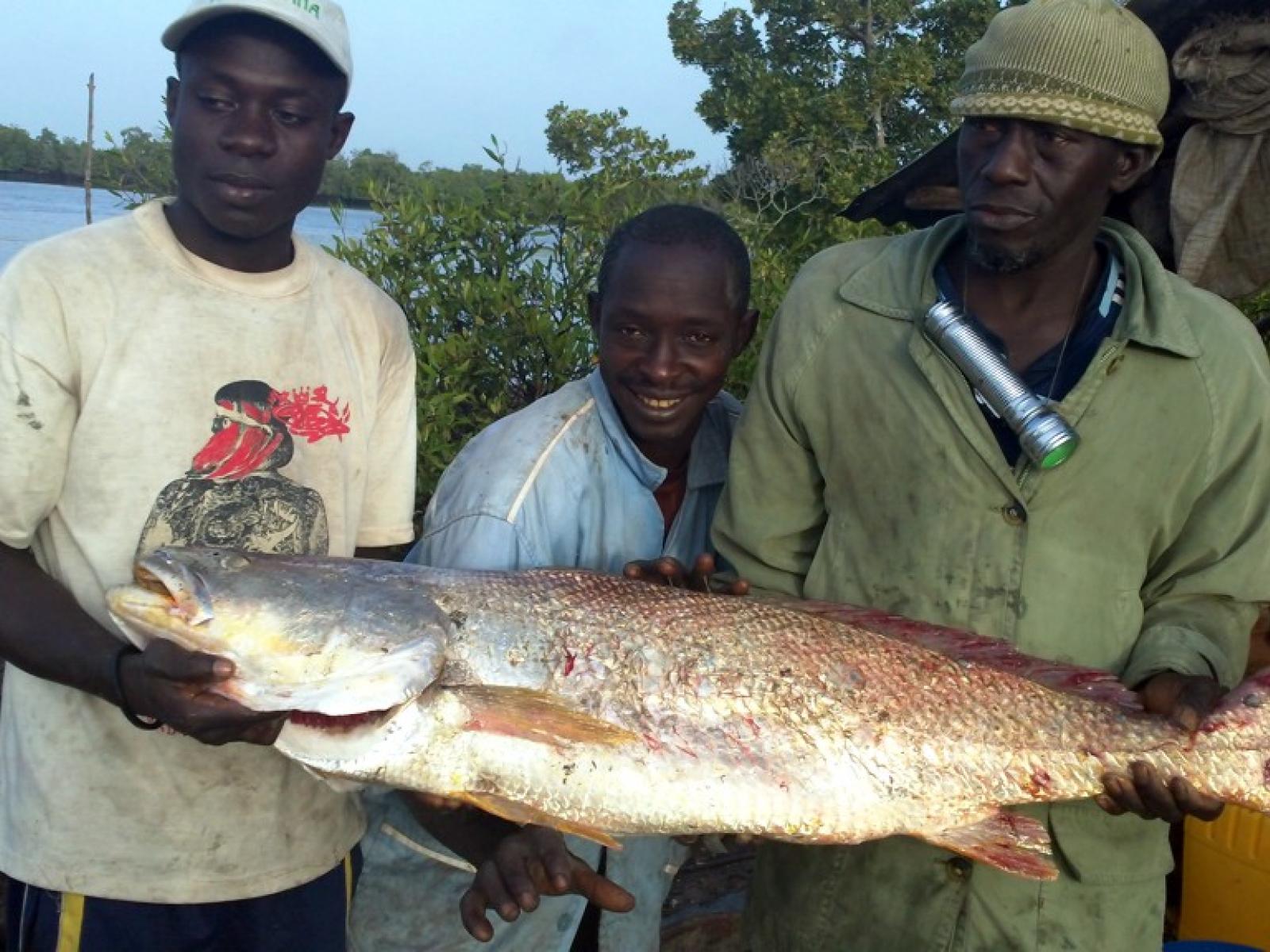An Overview Of Our Solution
- Population Impacted:
- Continent: 非洲
Describe the problem
“Kawawana†refers to the Djola expression Kapooye Wafolal Wata Nanang (“Our patrimony, for us all to preserveâ€). Its story begins when the fishermen of eight villages in Casamance decided they would no longer remain idle as their fish catch was worsening in quantity and quality because of the indiscriminate fishing allowed in their local ecosystem. They established Kawawana as their Community Conserved Area, developed a management plan and implemented it. Their rules are adapted to the environment and fish species they wish to re-establish and to the society that has to respect them. Through a feat of diplomacy they obtained an improbable government approval. Their initiative is working beautifully: local diet and income are improving and other communities ask for help to replicate it!
